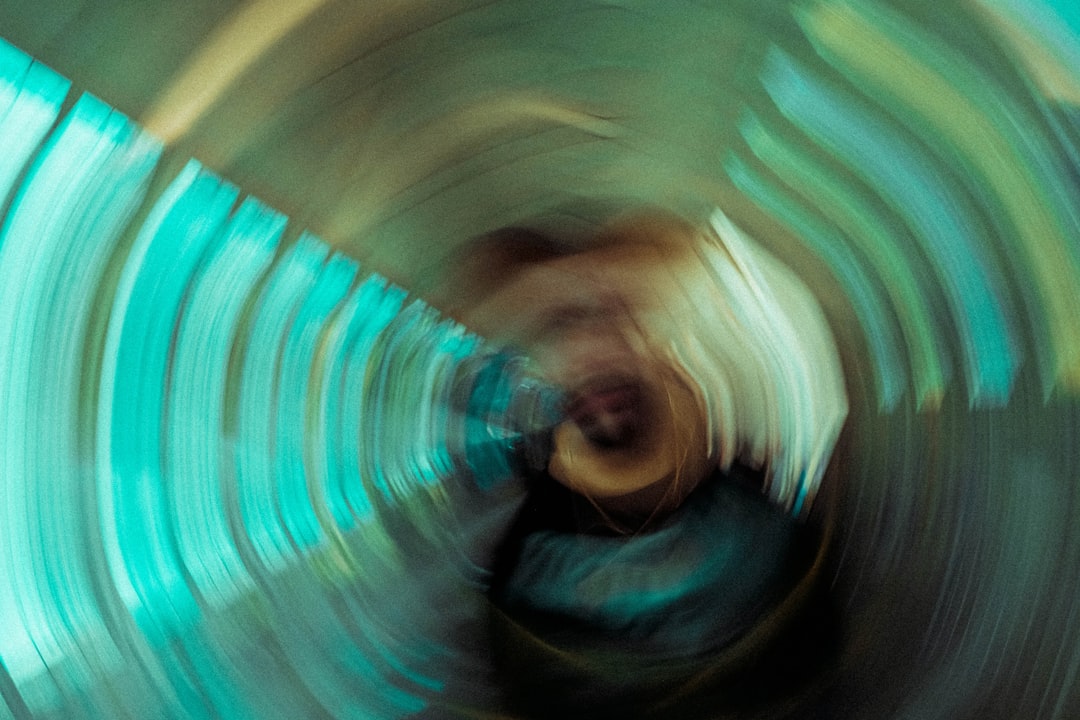What is it about?
The study is about the validation of mechanomyography (MMG) to identify muscle fatigue in neurological conditions such as spinal cord or skeletal muscles injuries. The intended outcome provides insight into the suitability of MMG application as a muscle monitoring tool for spinal cord injury rehabilitation using electrical stimulation. Rehabilitation and physiotherapy practitioners can now effectively optimize patients’ training sessions due to the sensor’s easy accessibility and technique replicability. The promising nature of this method has gained attention from institutions practicing rehabilitation for patients with spinal cord injury worldwide. Clinical trials must be conducted using a larger patient sample with varying conditions, and different mode of training before including it as part of daily training prescription.
Featured Image

Photo by Scott Webb on Unsplash
Why is it important?
The existing electrical stimulation training in hospitals do not have reliable feedback about the muscle states and conditions. The identification of a dependable and validated tool to detect muscle fatigue or fatigue point transition is crucial to optimize training protocols and set benchmarks for electrical simulation training. 97.0% accuracy of non-fatigued and fatigued muscle classification proves MMG signals could serve as viable muscle fatigue prediction tool.
Perspectives
According to the CDC, spinal cord injury (SPI) costs nations like the US, an estimated 9.7 billion dollars each year. The risk of patients with SPI to develop preventable secondary conditions, which could turn life-threatening is higher in low-income countries. In line with the UN’s third Sustainable Development Goal, Good Health and Well-being, researchers believe that personalized rehabilitation training session will help patients with SPI in improving their physical functionality and quality of life. A valid monitoring technique needs to be implemented in rehabilitation protocols to optimize patient safety and enhance training effectiveness since there are existing monitors to-date for muscle state at its best condition.
Associate Professor Dr Nur Azah Hamzaid
University of Malaya
Read the Original
This page is a summary of: Mechanomyography-based muscle fatigue detection during electrically elicited cycling in patients with spinal cord injury, Medical & Biological Engineering & Computing, January 2019, Springer Science + Business Media,
DOI: 10.1007/s11517-019-01949-4.
You can read the full text:
Contributors
The following have contributed to this page










